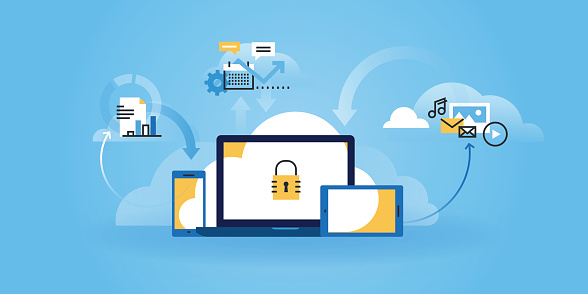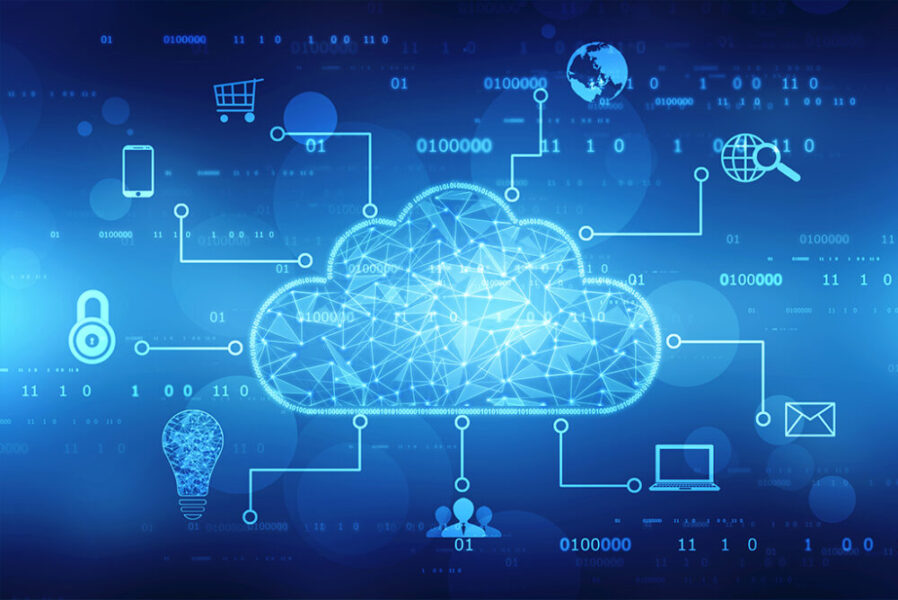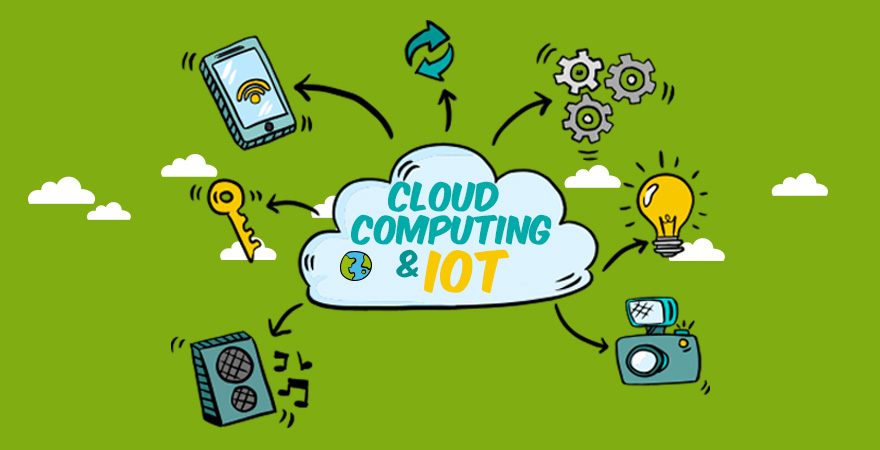discuss cloud computing and internet of things

Cloud computing has been a hot topic in recent years, and for good reason. It’s a game-changing technology that has had a significant impact on the management information system. In this post, we’ll explore the world of cloud computing and its impact on MIS. We’ll also discuss the pros and cons of adopting cloud computing and touch on the Internet of Things (IoT) to see how it adds to the cloud computing environment.
Cloud Computing Pros and Cons
Cloud computing has certainly had an indelible impact on businesses large and small. It’s become one of the most popular technologies, and for good reason. It makes running a business simpler, more cost-effective, and more efficient. But there are pros and cons to everything, and cloud computing is no exception. Here are the top pros and cons to consider:
Pros:
Cost Savings
One of the biggest advantages of cloud computing is that it can save businesses a lot of money. Because the hardware and software are hosted by the provider, businesses don’t have to invest in expensive infrastructure or pay for upgrades, maintenance, or support. Cloud computing is also more energy-efficient, reducing energy bills and carbon footprint.
Flexibility and Scalability
Cloud computing allows businesses to scale up and down as needed. With a few clicks, businesses can add or remove computing resources on-demand, saving time, money, and resources. Cloud computing also allows businesses to access their data from anywhere, at any time, on any device, giving employees greater flexibility in work arrangements.
Security and Data Backup
Cloud computing providers typically offer state-of-the-art security measures to protect their clients’ data from cyberattacks, viruses, and other threats. They also provide automatic backups, which can help businesses recover from data loss quickly and easily. In addition, cloud computing makes it easier to comply with industry and government regulations.
Cons:
Internet Connection Dependency
Cloud computing is entirely dependent on the internet. If the internet connection is slow or unreliable, it can negatively impact performance and productivity. This is especially true for businesses that rely on real-time data, high-speed data transfer, or video streaming.
Data Privacy and Control
Cloud computing involves storing data off-site with a third-party provider. This can be a concern for businesses that have sensitive data, as it can be difficult to maintain control and privacy over that data. There are also concerns about data breaches, unauthorized access, and government surveillance.
Downtime Risks
Like any technology, cloud computing is not immune to downtime. If the provider experiences downtime, it can disrupt business operations and cause loss of revenue. Providers typically offer service-level agreements (SLAs) to guarantee uptime, but downtime risks still exist.
What is Cloud Computing?
Cloud computing is a technology that allows businesses to access computing services over the internet. Instead of owning and maintaining infrastructure, businesses can rent or use computing resources on-demand from a third-party provider. These resources can include servers, storage, networking, software, and databases.
Cloud computing can be divided into three main categories:
Infrastructure as a Service (IaaS)
IaaS provides businesses with the infrastructure they need to run applications and services. It can include computing power, storage, and networking resources. Examples of IaaS providers include Amazon Web Services (AWS), Microsoft Azure, and Google Cloud Platform.
Platform as a Service (PaaS)
PaaS provides businesses with a platform to run and develop applications. It typically includes operating systems, programming languages, and development tools. Examples of PaaS providers are Salesforce, Google App Engine, and Heroku.
Software as a Service (SaaS)
SaaS provides businesses with ready-to-use software applications that can be accessed through the internet. Examples of SaaS providers include Office 365, Salesforce, and Dropbox.
Benefits of Cloud Computing for MIS
Since cloud computing was introduced, its benefits have quickly become apparent. For MIS, cloud computing is a game-changer, reducing costs while increasing efficiency, flexibility, and scalability. Here are some of the benefits of cloud computing for MIS:
Cost Savings
As we’ve already discussed, cloud computing can save businesses a lot of money. This is particularly true for MIS, which has traditionally required significant investments in infrastructure, hardware, software, and maintenance. Cloud computing eliminates the need for these investments, allowing businesses to instead focus on their core operations and productivity.
Increased Efficiency and Productivity
Cloud computing can significantly increase efficiency and productivity for MIS. It provides a centralized location for data storage and management, reducing the time spent searching for information. It also allows employees to access data from anywhere, at any time, on any device, which can increase productivity and reduce waiting times.
Improved Collaboration
Cloud computing makes collaboration easier and more efficient. With cloud storage, multiple employees can work on the same project or document simultaneously, reducing the need for long email chains and preventing version control issues. Cloud-based collaboration tools also allow for real-time communication and document sharing, which can improve teamwork and eliminate redundancies.
Better Security and Disaster Recovery
Cloud computing providers typically offer state-of-the-art security measures to protect their clients’ data. They also provide automatic backups, which can help businesses recover from data loss quickly and easily. In addition, cloud computing makes it easier to comply with industry and government regulations.
The Internet of Things (IoT) and Cloud Computing
If you’re not already familiar with it, the IoT refers to a network of connected devices that are capable of collecting and sharing data. This network can include everything from smartphones and smart TVs to home appliances and industrial machines. The IoT represents a significant shift in how we collect and use data, and it’s having a significant impact on cloud computing.
The IoT generates massive amounts of data, much of which needs to be processed and analyzed in real-time. This requires a robust computing infrastructure, which cloud computing provides. But cloud computing also provides the ability to scale up and down as needed, which is critical in handling the fluctuating demands of the IoT.
Cloud computing and the IoT also share a focus on accessibility and collaboration. They both allow for remote access to data, which can significantly improve efficiency and productivity. And they both rely on collaboration to achieve their goals, with multiple devices and applications working together to produce insights and results.
Conclusion
Cloud computing is a powerful technology with the potential to transform businesses large and small. Its impact on MIS has been significant, reducing costs while increasing efficiency and productivity. While there are certainly challenges that come with cloud computing, such as security and data privacy concerns, the benefits far outweigh the risks. By leveraging cloud computing and the IoT, businesses can continue to innovate and grow, while keeping up with the latest technology trends and demands.

Source image : www.alvareztg.com

Source image : www.theproche.com

Source image : www.dincloud.com


